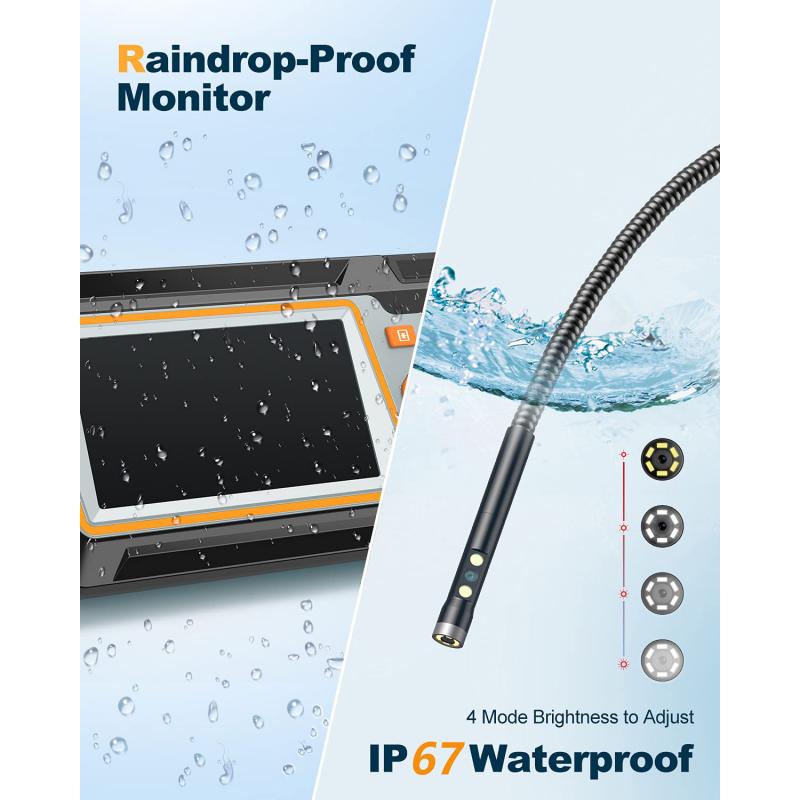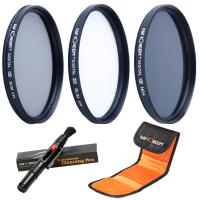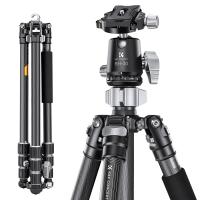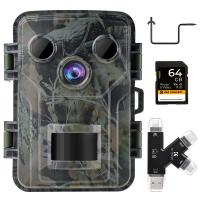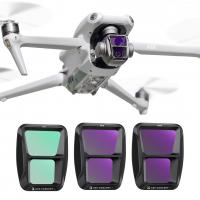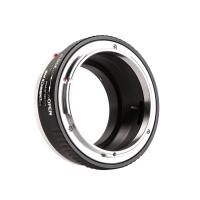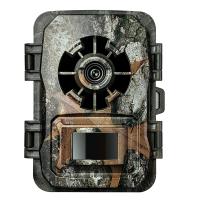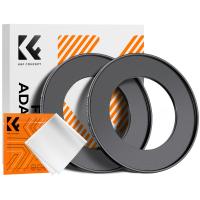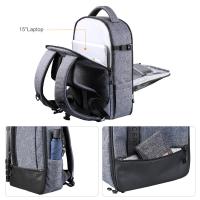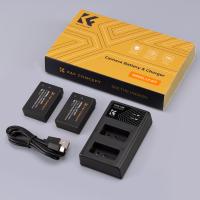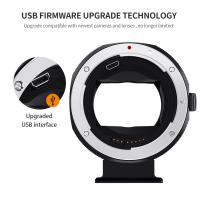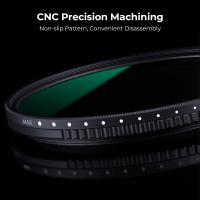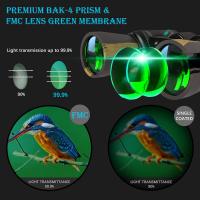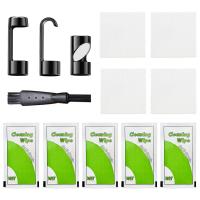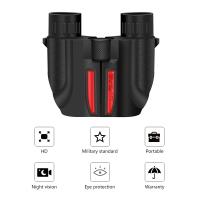What Temperatures Do The Endoscope Washer Operate At ?
The temperatures at which endoscope washers operate can vary depending on the specific model and manufacturer. However, in general, endoscope washers typically operate at temperatures ranging from around 40°C (104°F) to 60°C (140°F). These temperatures are necessary to ensure effective cleaning and disinfection of the endoscopes, as they help to remove organic debris and kill microorganisms. It is important to note that the exact temperature settings may be adjustable and can be tailored to meet the specific requirements of the endoscope being cleaned. Additionally, it is crucial to follow the manufacturer's guidelines and recommendations for temperature settings to ensure proper and safe operation of the endoscope washer.
1、 Temperature range for endoscope washer disinfectors
Endoscope washer disinfectors are essential devices used in healthcare facilities to clean and disinfect endoscopes after use. These machines are designed to ensure the effective removal of organic debris and the elimination of microorganisms, including bacteria and viruses, from the endoscope surfaces.
The temperature range at which endoscope washer disinfectors operate can vary depending on the specific model and manufacturer. However, most modern endoscope washer disinfectors have a temperature range between 40°C (104°F) and 60°C (140°F) for the cleaning and disinfection process. These temperatures are considered optimal for achieving effective cleaning and disinfection while minimizing the risk of damage to the delicate endoscope components.
It is important to note that the temperature range for endoscope washer disinfectors is carefully selected to balance the need for effective disinfection with the preservation of the endoscope's functionality. Higher temperatures may be more effective at killing microorganisms, but they can also increase the risk of damaging the endoscope's delicate components, such as the insertion tube and optics.
In recent years, there has been a growing focus on the development of endoscope washer disinfectors that utilize lower temperatures, such as around 40°C (104°F), to achieve effective disinfection. This approach aims to minimize the risk of damage to the endoscope while still ensuring the elimination of microorganisms. Research has shown that lower temperature disinfection methods can be just as effective as higher temperature methods when combined with appropriate cleaning agents and disinfectants.
In conclusion, the temperature range for endoscope washer disinfectors typically falls between 40°C (104°F) and 60°C (140°F). However, there is a growing trend towards utilizing lower temperatures to achieve effective disinfection while minimizing the risk of damage to the endoscope. It is important for healthcare facilities to follow the manufacturer's guidelines and recommendations for temperature settings to ensure the safe and effective cleaning and disinfection of endoscopes.
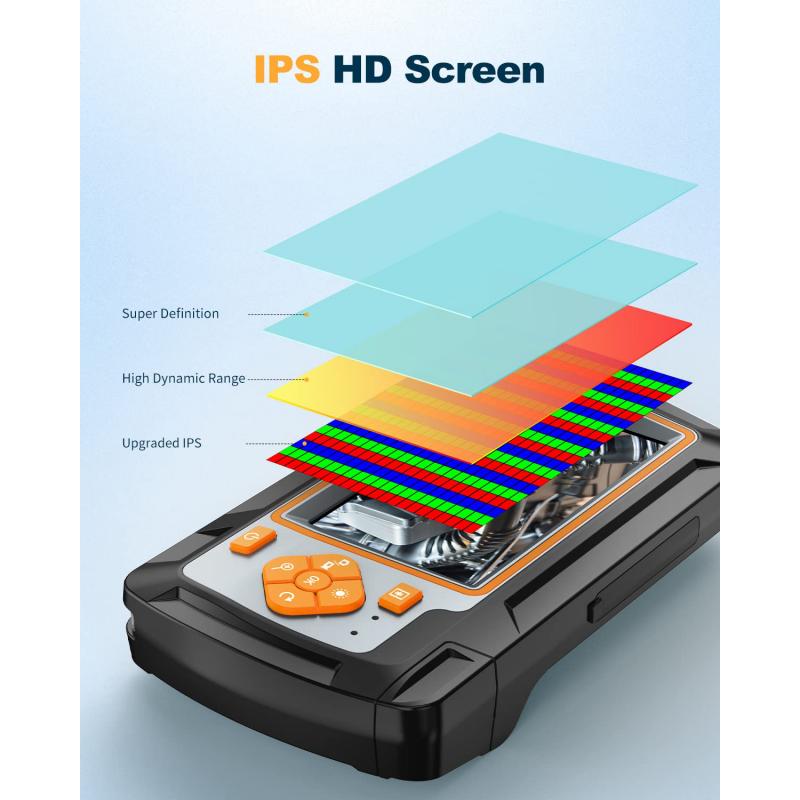
2、 Optimal operating temperature for endoscope washer disinfectors
The optimal operating temperature for endoscope washer disinfectors can vary depending on the specific model and manufacturer. However, in general, these machines operate at temperatures between 50°C (122°F) and 60°C (140°F). These temperatures are considered ideal for effectively disinfecting and cleaning endoscopes.
The use of high temperatures in endoscope washer disinfectors is crucial to ensure the elimination of microorganisms and prevent the transmission of infections. The heat helps to denature proteins and destroy the DNA of bacteria, viruses, and other pathogens that may be present on the endoscope surfaces.
It is important to note that the temperature range mentioned above is a guideline and may vary slightly depending on the specific requirements of the endoscope being processed. Some endoscope washer disinfectors may have adjustable temperature settings to accommodate different types of endoscopes and their associated materials.
In recent years, there has been a growing emphasis on the need for effective disinfection and cleaning of endoscopes due to the potential risks associated with inadequate reprocessing. Studies have shown that certain microorganisms, such as multidrug-resistant bacteria, can survive on endoscope surfaces even after standard cleaning and disinfection procedures. Therefore, maintaining optimal operating temperatures in endoscope washer disinfectors is crucial to ensure thorough and effective decontamination.
It is worth mentioning that advancements in technology and research may lead to further improvements in endoscope washer disinfectors, including more precise temperature control and monitoring systems. Manufacturers are continuously working towards enhancing the safety and efficacy of these machines to minimize the risk of healthcare-associated infections associated with endoscope use.
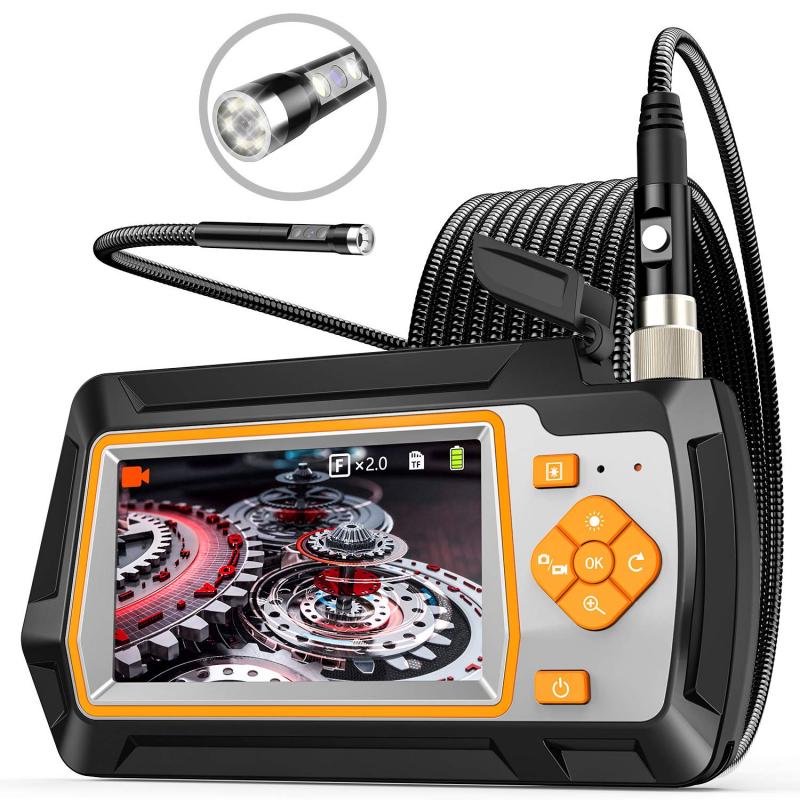
3、 Recommended temperature settings for endoscope washer disinfectors
Endoscope washer disinfectors are essential devices used in healthcare facilities to clean and disinfect endoscopes after use. These machines are designed to ensure the effective removal of organic debris and the elimination of microorganisms, including bacteria and viruses, from the endoscope surfaces.
The temperature settings for endoscope washer disinfectors vary depending on the specific model and manufacturer. However, there are generally recommended temperature ranges that are considered effective for achieving proper disinfection. The recommended temperature settings typically fall within the range of 55 to 65 degrees Celsius (131 to 149 degrees Fahrenheit) for the washing phase and 80 to 90 degrees Celsius (176 to 194 degrees Fahrenheit) for the disinfection phase.
It is important to note that these temperature ranges are based on current guidelines and recommendations from regulatory bodies and professional organizations. However, it is always advisable to consult the manufacturer's instructions and guidelines specific to the endoscope washer disinfector being used, as they may provide more precise temperature recommendations.
In recent years, there has been a growing emphasis on the need for high-level disinfection of endoscopes due to the potential transmission of infectious agents. As a result, some manufacturers have introduced endoscope washer disinfectors with higher temperature settings, such as 93 degrees Celsius (199.4 degrees Fahrenheit), to ensure more effective disinfection.
It is worth mentioning that while higher temperatures may enhance the disinfection process, they can also increase the risk of damage to the endoscope if not properly controlled. Therefore, it is crucial to follow the manufacturer's guidelines and recommendations to ensure both effective disinfection and the preservation of the endoscope's integrity.
In conclusion, the recommended temperature settings for endoscope washer disinfectors typically range from 55 to 65 degrees Celsius for the washing phase and 80 to 90 degrees Celsius for the disinfection phase. However, it is important to consult the manufacturer's instructions for the specific device being used and stay updated with the latest guidelines and recommendations from regulatory bodies and professional organizations.
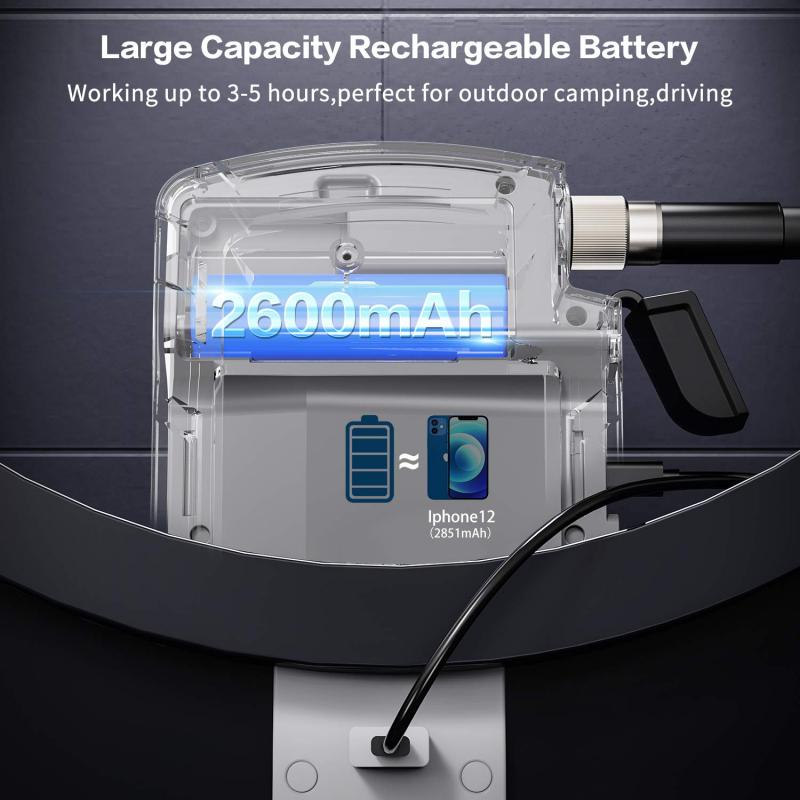
4、 Temperature requirements for effective endoscope cleaning and disinfection
The temperature requirements for effective endoscope cleaning and disinfection are crucial to ensure the elimination of microorganisms and prevent the transmission of infections. The endoscope washer, also known as an automated endoscope reprocessor (AER), plays a vital role in this process.
The temperatures at which the endoscope washer operates vary depending on the specific manufacturer and model. However, there are general guidelines and recommendations that should be followed to achieve optimal cleaning and disinfection results.
According to the latest guidelines from professional organizations such as the Society of Gastroenterology Nurses and Associates (SGNA) and the Association for Professionals in Infection Control and Epidemiology (APIC), the endoscope washer should operate at a minimum temperature of 55°C (131°F) during the cleaning phase. This temperature is considered effective in removing organic debris and biofilm from the endoscope surfaces.
For the disinfection phase, the endoscope washer should operate at a minimum temperature of 70°C (158°F) for a specific period of time, typically around 5 minutes. This temperature is necessary to kill or inactivate a wide range of microorganisms, including bacteria, viruses, and fungi.
It is important to note that some endoscope washers have the capability to reach higher temperatures, such as 80°C (176°F) or even 90°C (194°F), for enhanced disinfection. These higher temperatures may be recommended in certain situations, such as when dealing with highly resistant microorganisms or outbreaks of infections.
In addition to temperature, other factors such as exposure time, detergent concentration, and mechanical action also contribute to the effectiveness of endoscope cleaning and disinfection. Therefore, it is essential to follow the manufacturer's instructions and guidelines provided with the specific endoscope washer to ensure proper operation and achieve optimal results.
It is worth mentioning that the field of endoscope reprocessing is continuously evolving, and new research and advancements may lead to updates in temperature requirements. Therefore, it is important for healthcare facilities to stay updated with the latest guidelines and recommendations from reputable organizations to ensure the highest standards of endoscope cleaning and disinfection are maintained.
